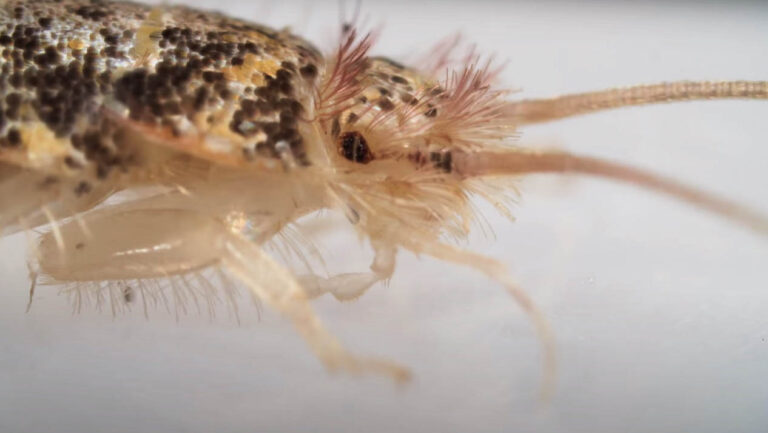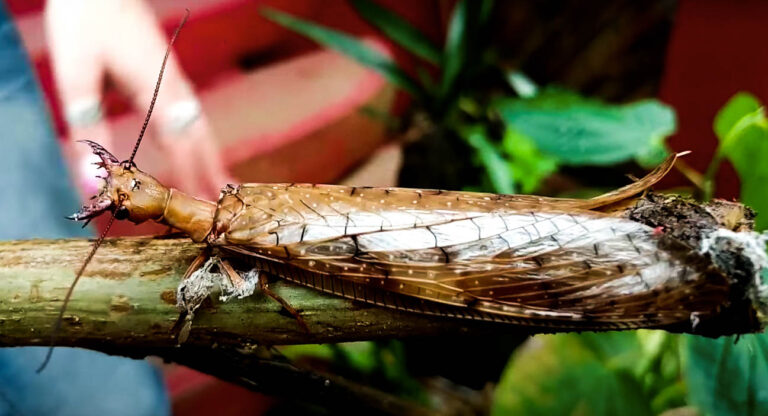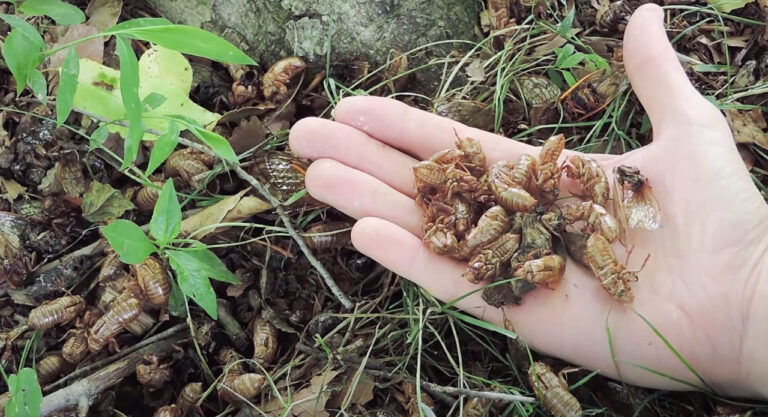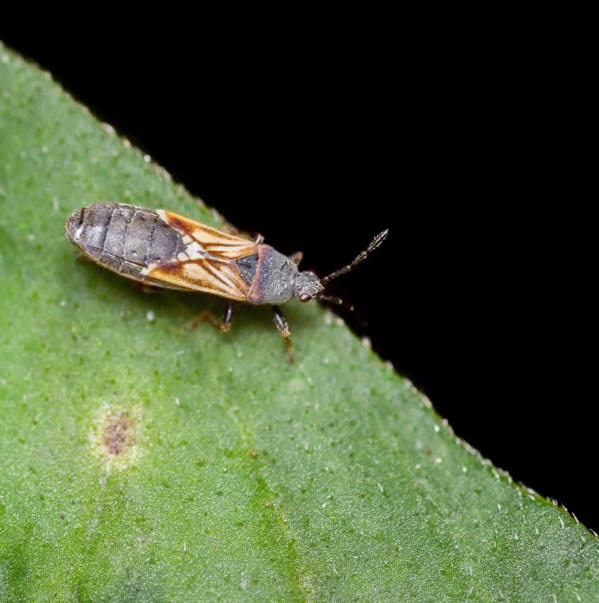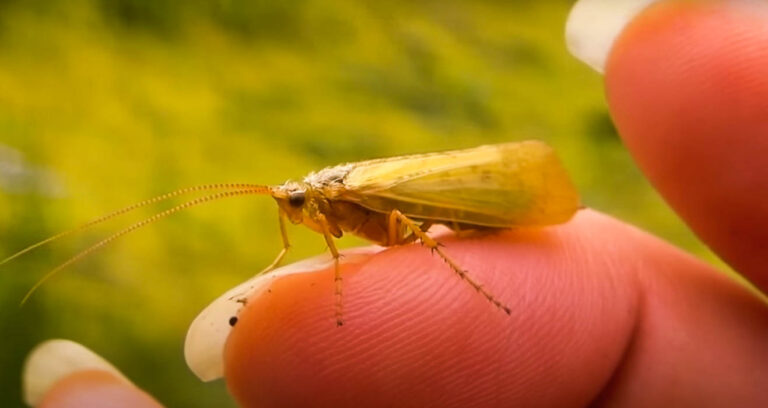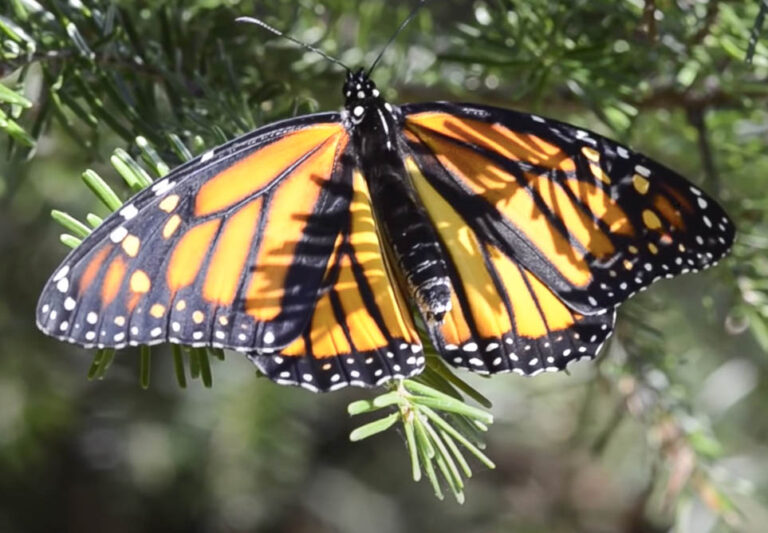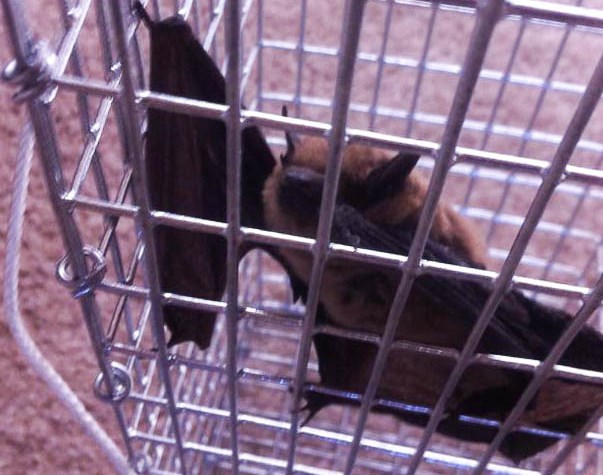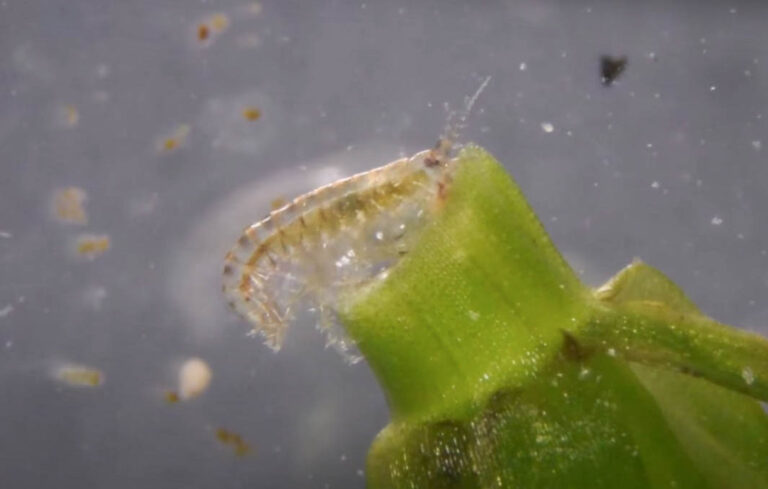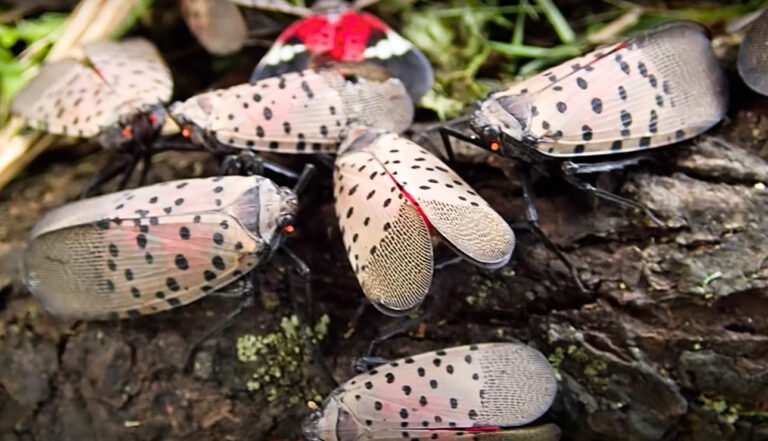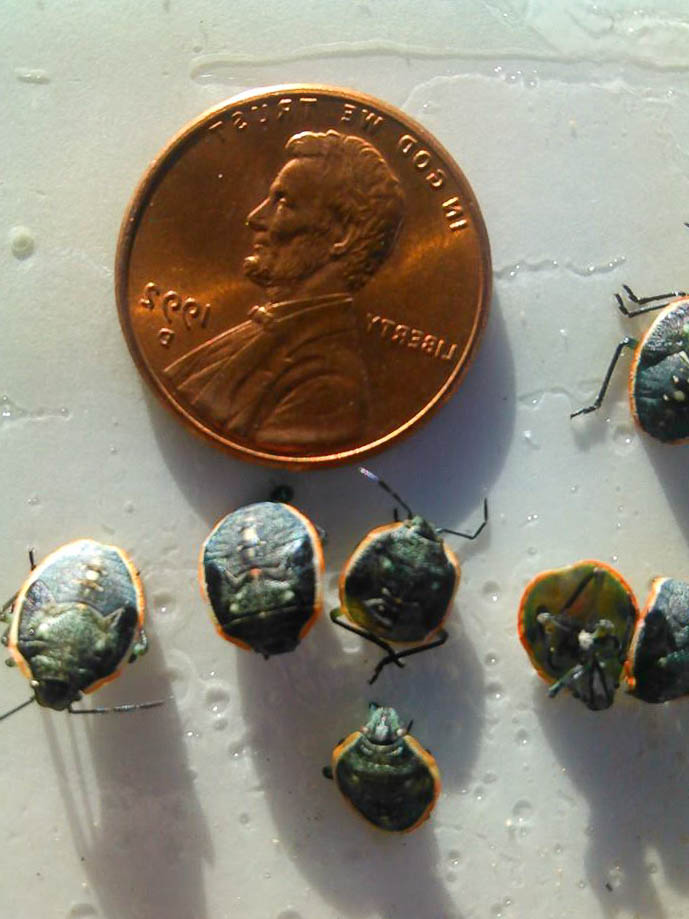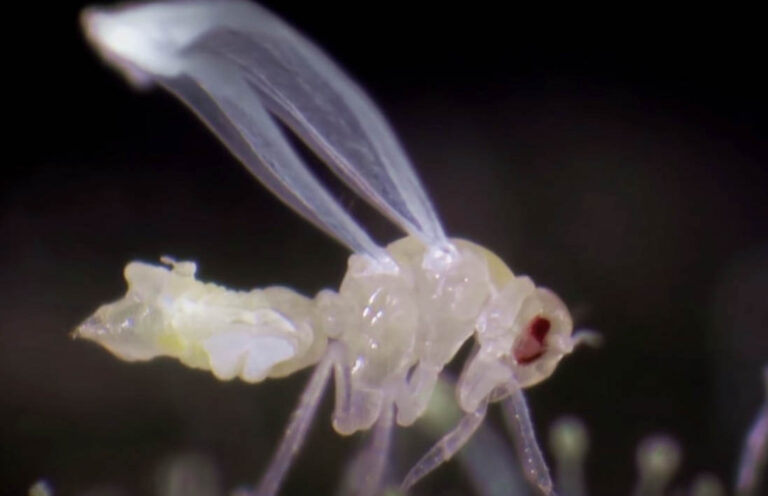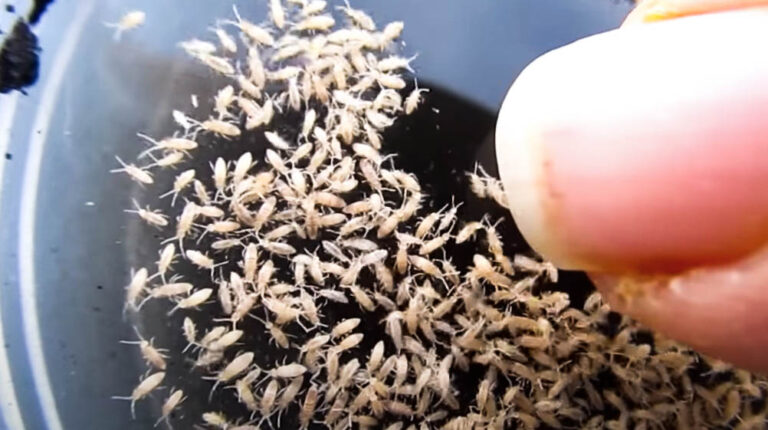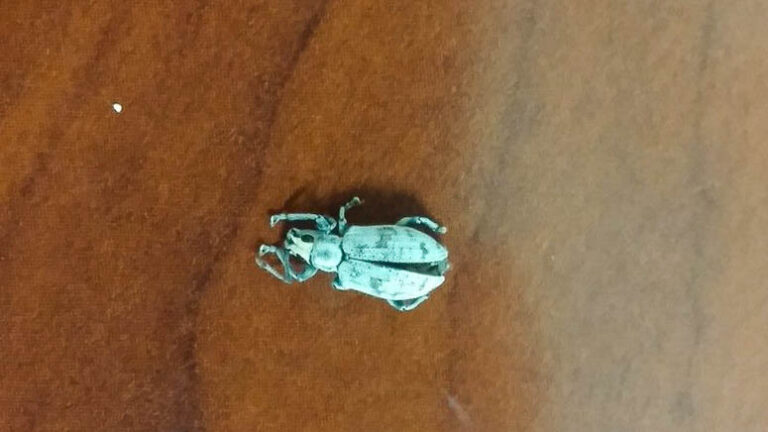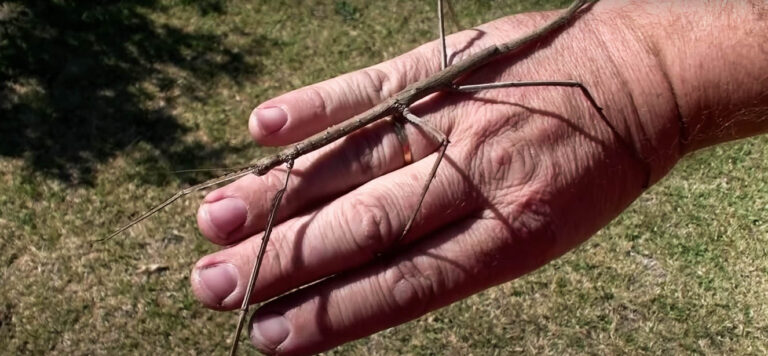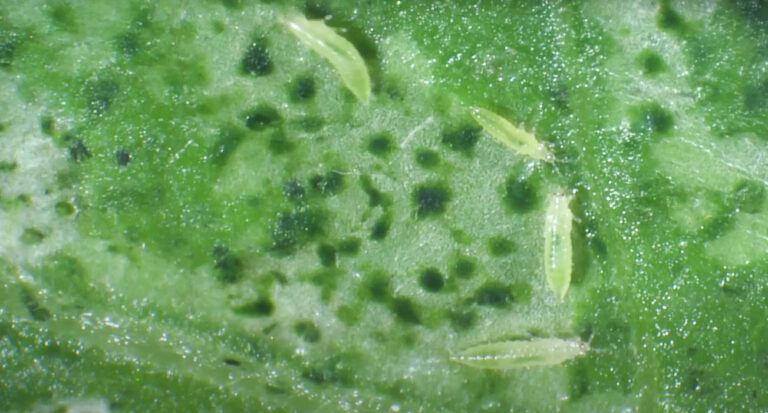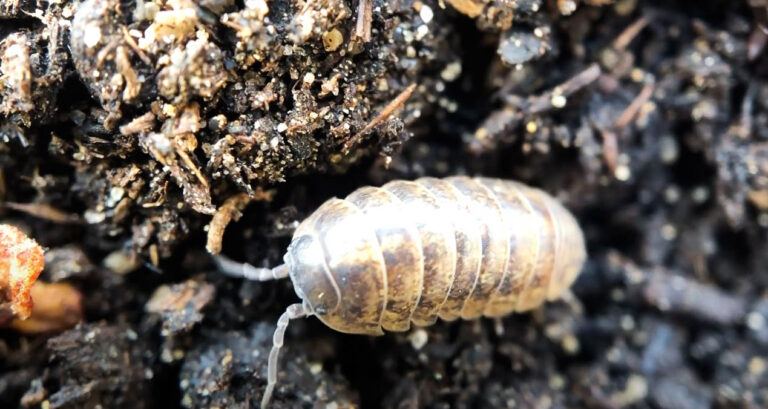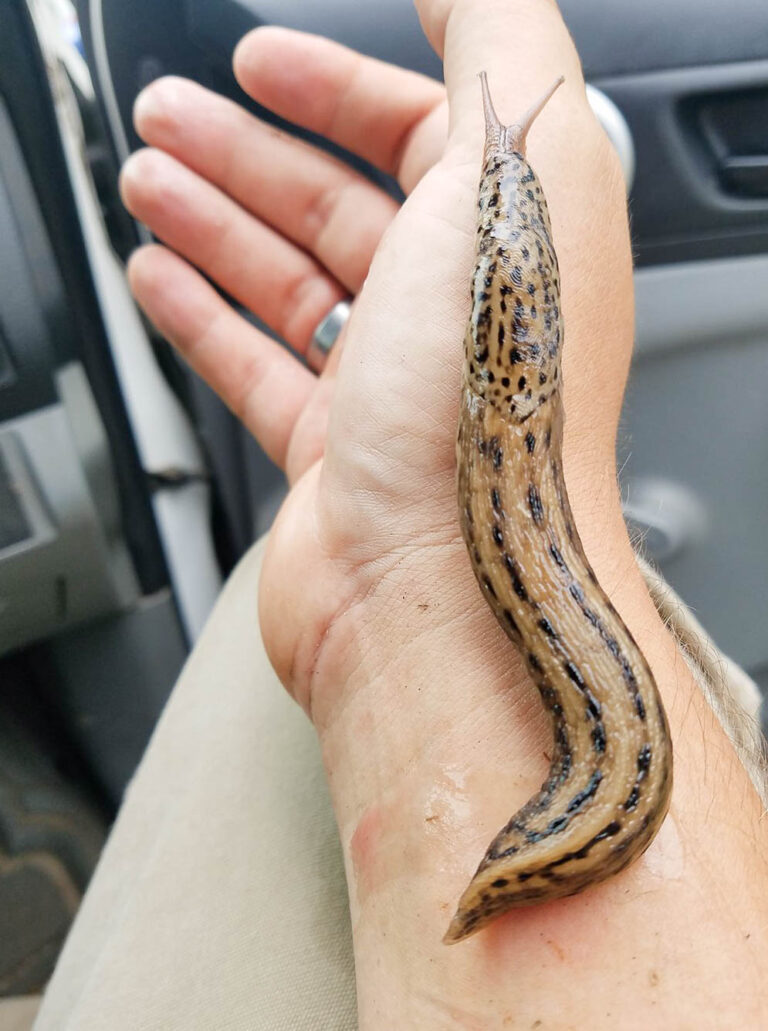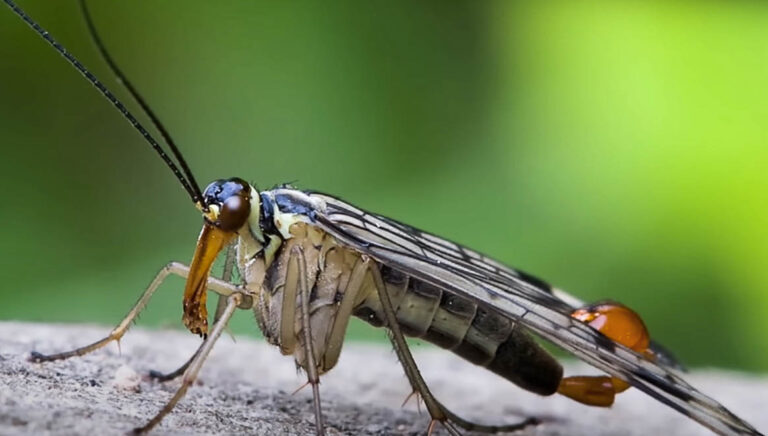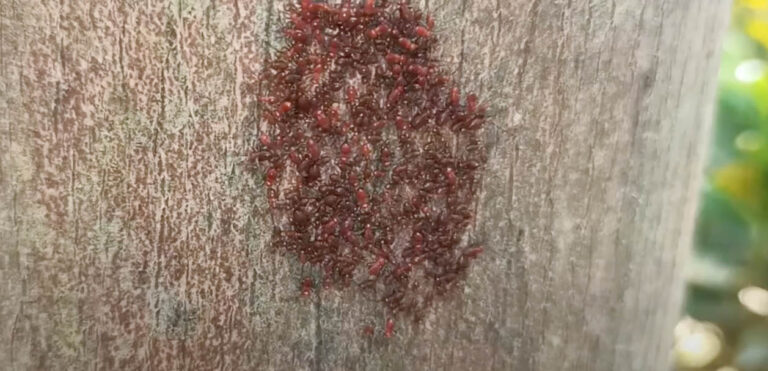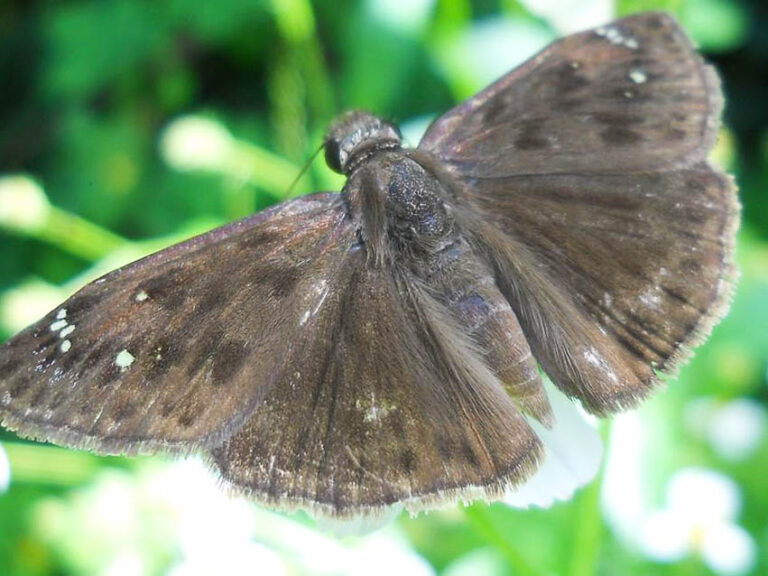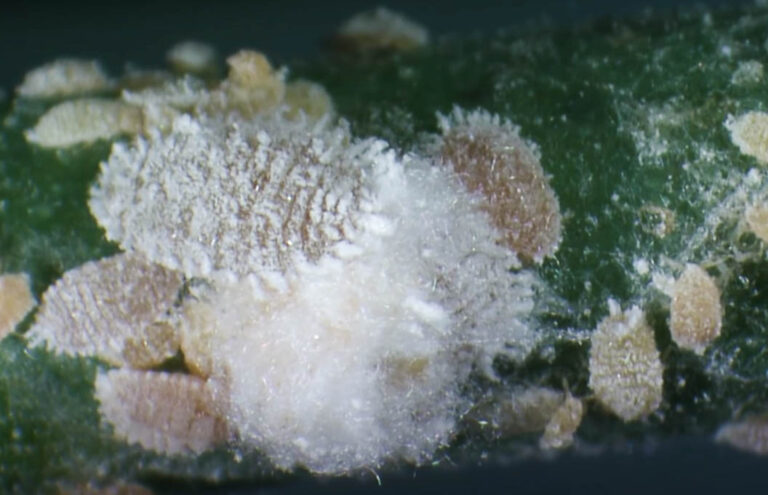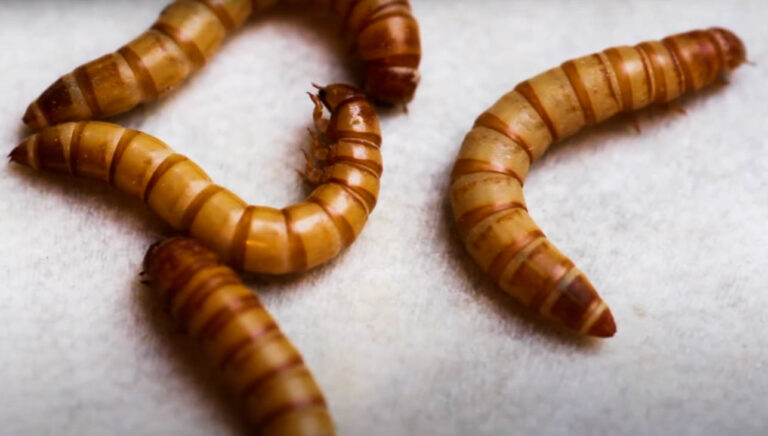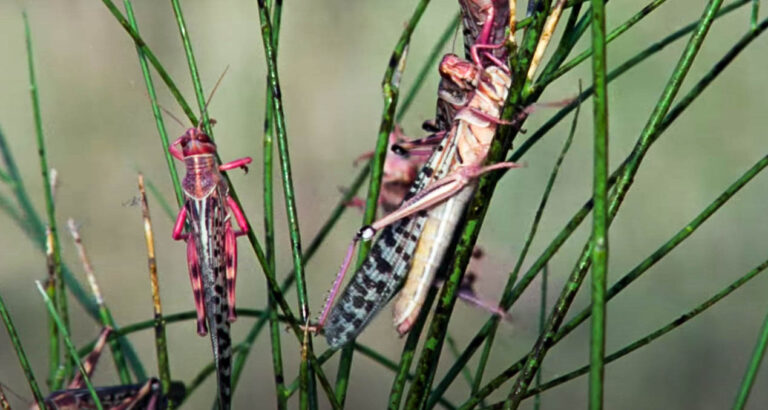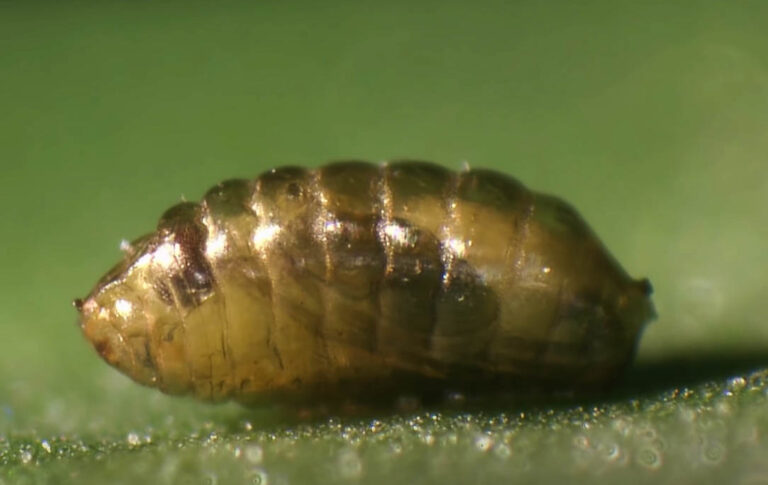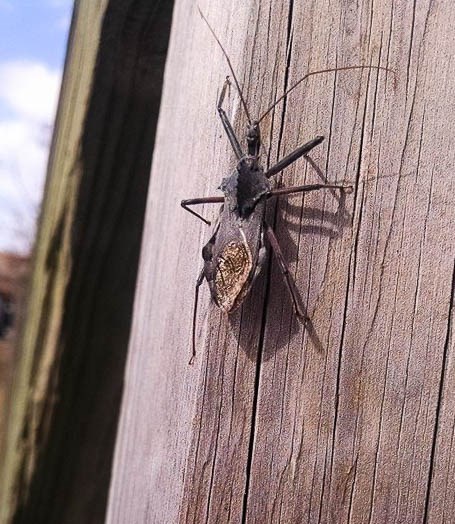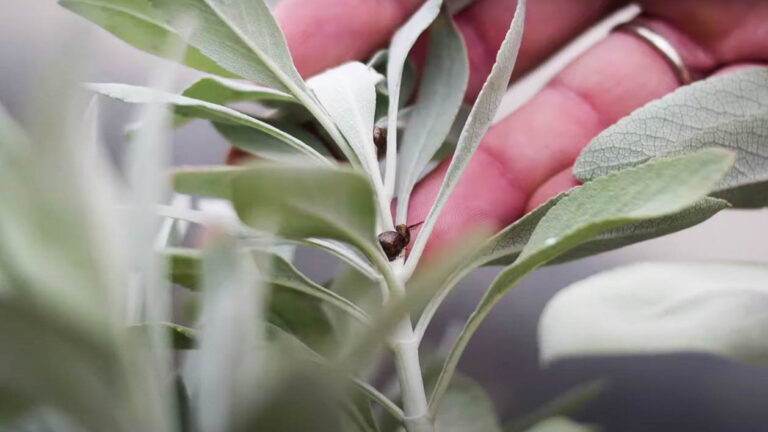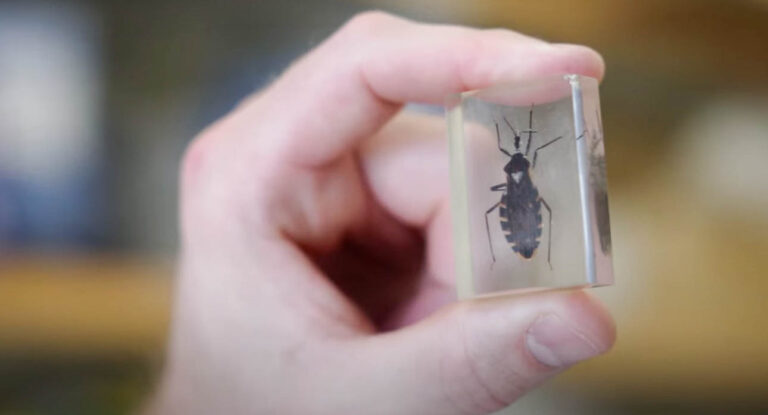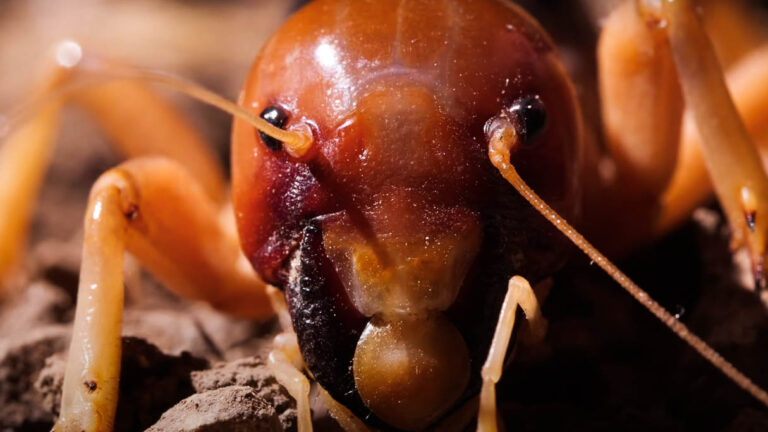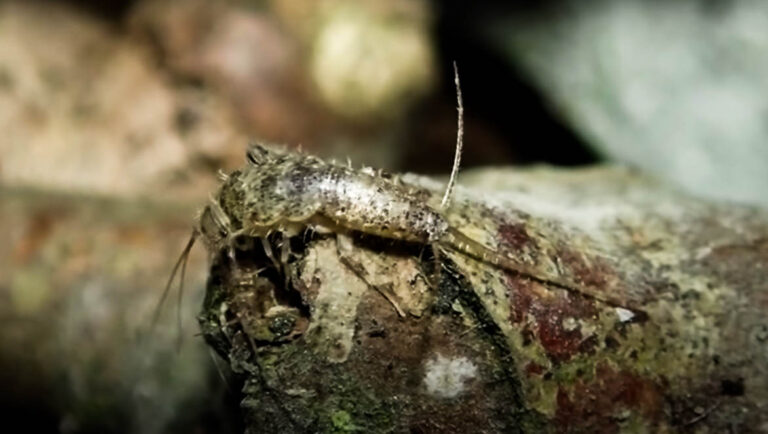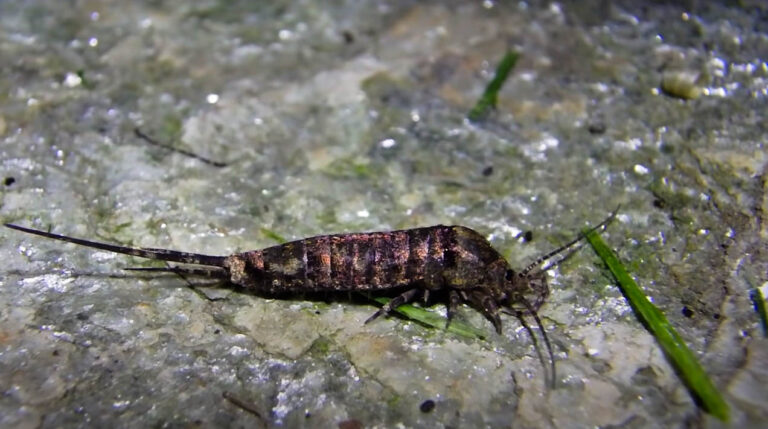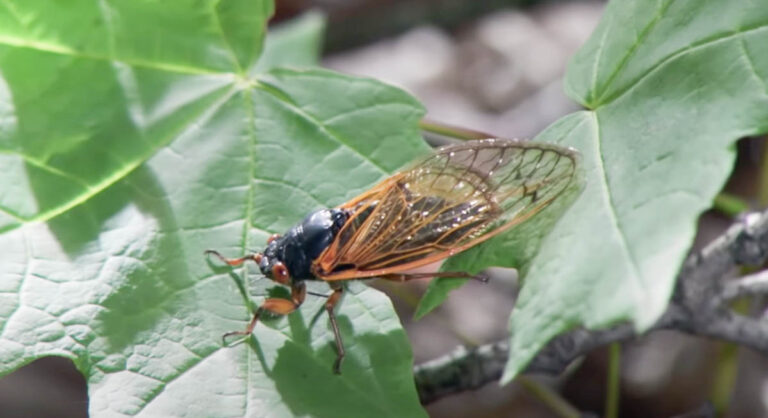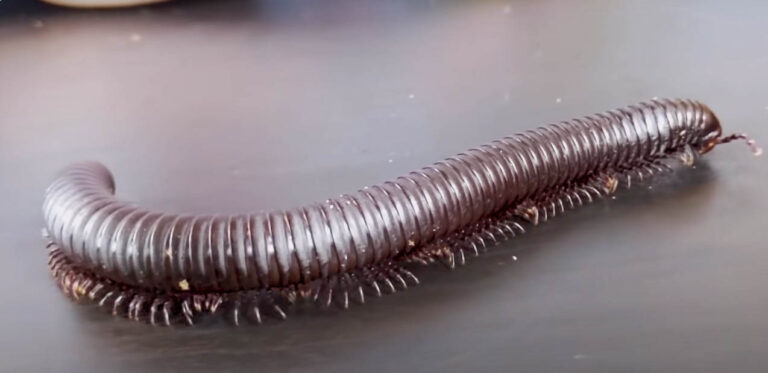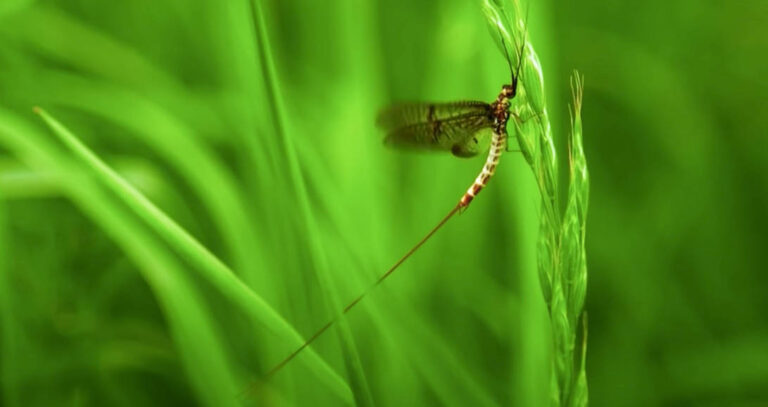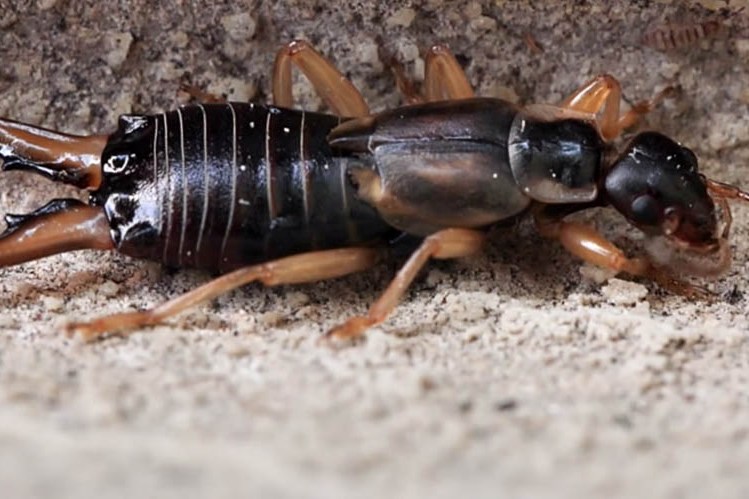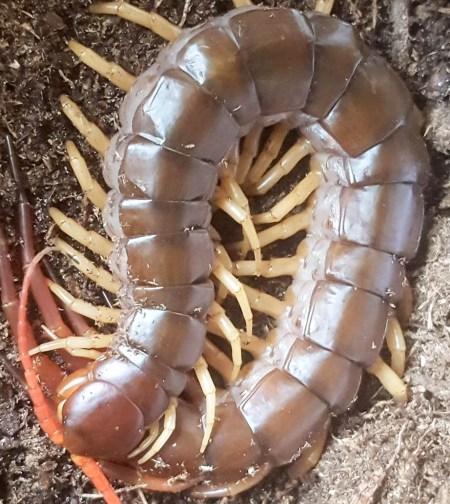About Horntails
About Firebrats
The horntail, commonly referred to as the wood wasp, is one of the most dangerous looking insects on this planet, but it surprisingly does not have the ability to sting or bite. Though they are not dangerous, they can still be a real nuisance to homeowners. Continue reading to find out more about the horntail and how you can get rid of them if they invade your home or garage.
Appearance
The horntail shares a very similar appearance to the typical wasps that are commonly seen by people in many areas of the United States. Horntails get their name from the long protrusion that comes out of the back of their abdomen. They are often feared by people, as the protrusion definitely looks like a long, sharp stinger. The adult horntail varies widely in size, as some are as short as half of an inch, and some are as large as an inch and a half. Another unique feature of this insect’s appearance is the dark black or brown body color that sometimes has light colored markings throughout it. All in all, the horntail is very easily confused with a variety of other wasp-type insects.
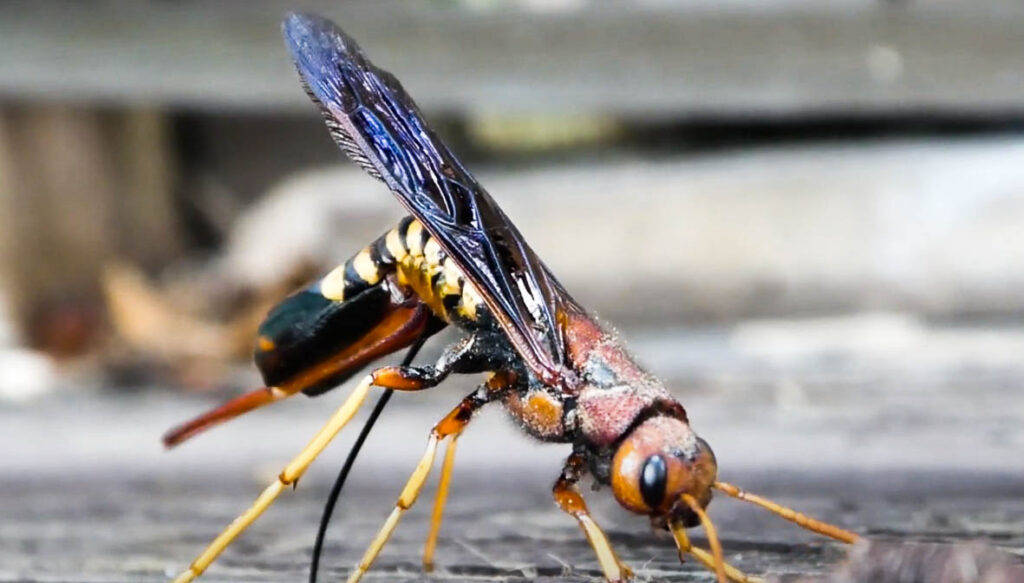
Behavior
One of the most commonly known facts about horntails is their wood-boring habits. In fact, the long protrusion out of the abdomen of these insects is used to deposit eggs inside of trees. The common type of tree chosen is a variety of coniferous tree species. When they have burrowed into the tree, they will leave their eggs, which eventually hatch to form larvae. These larvae bore around inside of the tree for food until they get to a certain growth stage where they make a cocoon in the tree. Once they come out of their cocoon, they are mature horntails. These adult horntails bore their way back out of the tree. Many horntails have life cycles that only last a year or two, as most of this time is spent in the larvae stage. Once they have reproduced and deposited eggs, they do not live much longer.
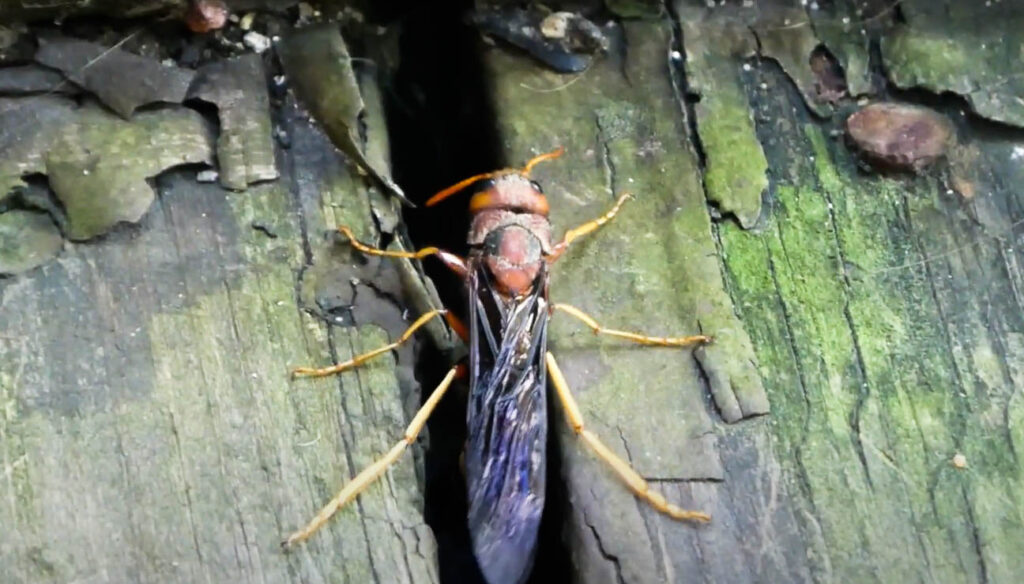
Habitat
Most horntails spend a majority of their lives inside of one coniferous tree. This tree is usually selected by the mother horntail, and is commonly a dying or dead tree. Once the larvae become adult horntails, they will spend the rest of their lives around wooded areas, as they prefer to live near a place where they will eventually deposit their eggs. If they manage to get indoors, it will most commonly be because the larvae were in the tree while it was being processed for lumber. Once the larvae hatch, it will bore through the lumber and gain access to your home. If they are in your home, chances are they will aimlessly fly around, as they cannot live for long inside.
Damage They Cause
While the damage horntails cause can be unsightly, it is highly unlikely that much damage will be done. Once the mature insect comes out of the wood through your sheetrock or plaster, that will be the extent of the damage caused by that particular insect. Horntails do not lay their eggs in wood inside of homes, as it is too dry to provide the larvae a chance at survival. As mentioned earlier, horntails do not bite or sting, so they are not a threat to humans and pets. With that being said, they can be annoying if you do manage to get a few loose in your home.
Infestation Signs
While horntail infestations are rare, you could potentially get a few in your home, whether they accidentally fly in or they were in your lumber. You would almost immediately notice if you have horntails, as they are noisy when they fly and are large enough to be spotted quickly. One other way you could potentially find an infestation is by noticing the holes coming out of various places in your home. These holes are generally round and about a quarter of an inch in diameter.
How to Get Rid of Them
Horntails are generally a very simple pest to control, as they generally die on their own and will not infest a home with their eggs. Even though they do not cause harm, they can be annoying to homeowners, and they may want to get rid of them quickly. If you do have an infestation, there are a variety of human and pet-safe insecticides on the market today. If these do not do the trick or you are concerned you might have a big infestation, consider calling your local pest control company, as they will have all the answers and solutions to your horntail problem.

